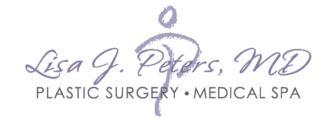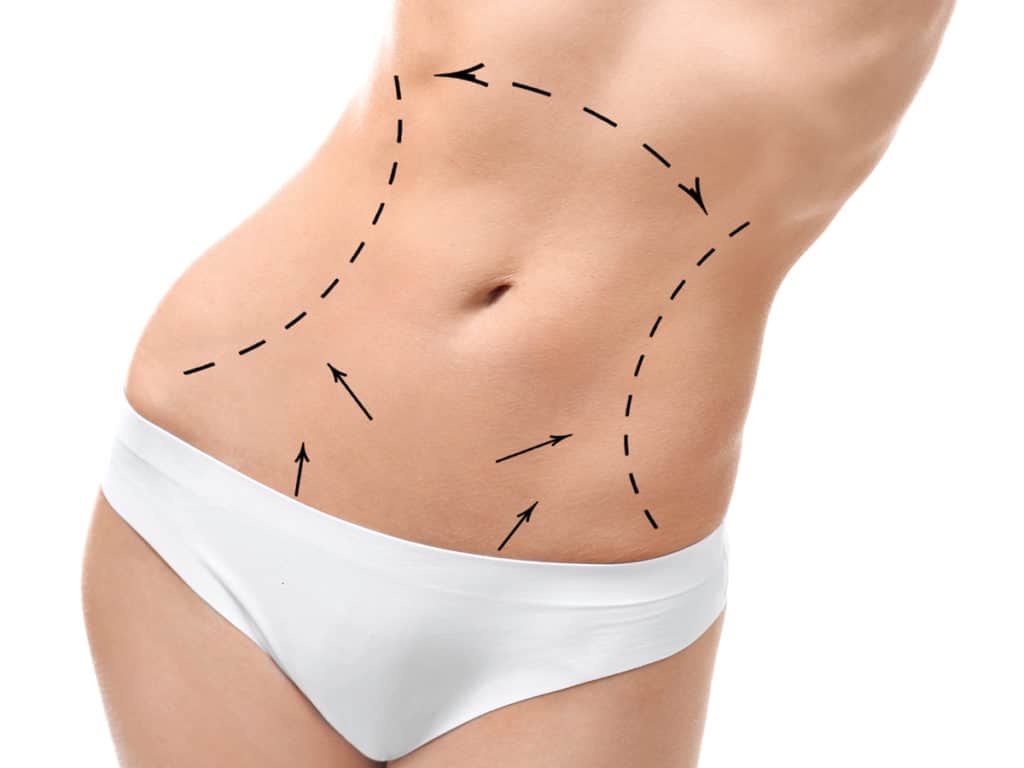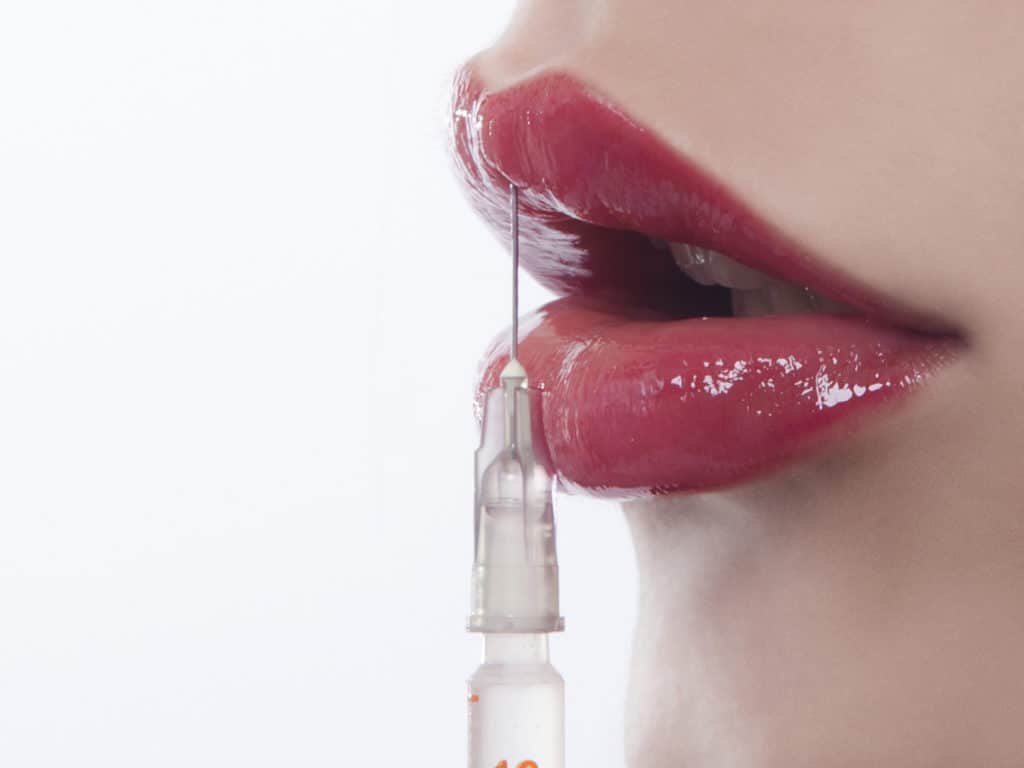When considering liposuction, a quick Google search may easily become overwhelming. There are so many different technologies, machines, and claims about what it can do, it can be difficult to choose the procedure that may be right for you. Ultrasound-assisted liposuction, laser liposuction (ooh, sounds fancy), water liposuction, Smart Lipo (who doesn’t want to be smart?) – the list goes on and on.
The Basics:
During any liposuction procedure, the surgeon first injects a liquid called tumescent solution into the area to be treated. Its primary goal is to minimize bleeding, since it contains epinephrine that constricts blood vessels in the area. It may also contain local anesthesia, particularly if you’re awake for the procedure. Engorging the area with fluid may also make it easier for the surgeon to break up the fat for removal. Once the tumescent solution has had a chance to work, the surgeon uses a metal tube (a cannula) attached to a suction machine. The cannula is moved back and forth in the layer of fat being treated and the fat is sucked out through holes in the cannula. Once the fat is gone, the skin over the area being treated has to shrink to the new size.
The Options:
- “Standard” liposuction really just follows the above steps.
- Power-assisted liposuction is the same as standard, only the cannula vibrates to help break the fat up more easily and facilitate its removal.
- Water liposuction uses water jets to try to help break up the fat. Proponents of this technique claim it to be gentler. In my opinion, breaking up the fat, no matter how it’s done is always traumatic to some degree.
- Energy-based liposuction including ultrasound, laser, Smart Lipo, etc. all use heat to melt the fat to facilitate its removal. Proponents of these technologies will often talk about the use of the energy to help loose overlying skin shrink, which is done by heating the undersurface of the skin. While this may sound good in theory, there are higher risks of fluid accumulation (seroma), burns, and contour irregularities (lumps, wrinkles, indentations) when heat is used and my personal opinion is that loose skin needs removal, not heat.
In the right hands, any of the liposuction options are appropriate and I believe the results are more about the surgeon than they equipment. Be aware that just because a person is an MD and owns a Smart Lipo machine, it does not mean they’re a plastic surgeon! Many of the physicians advertising their fancy liposuction technologies are other medical specialists (dermatologists, OB/gyns, and ER doctors for example) who are trying to branch into cosmetic surgery often without proper training, so make sure any surgeon you trust to perform your cosmetic surgery is certified by the American Board of Plastic Surgery. Finally, be wary of claims of no down time, minimal pain, and recovery that seems too good to be true. If a significant amount of fat is removed, there is some pain and downtime.
If you are interested in scheduling your consultation with Dr. Peters, please call us at 708-524-1400 or fill out our contact form today.



